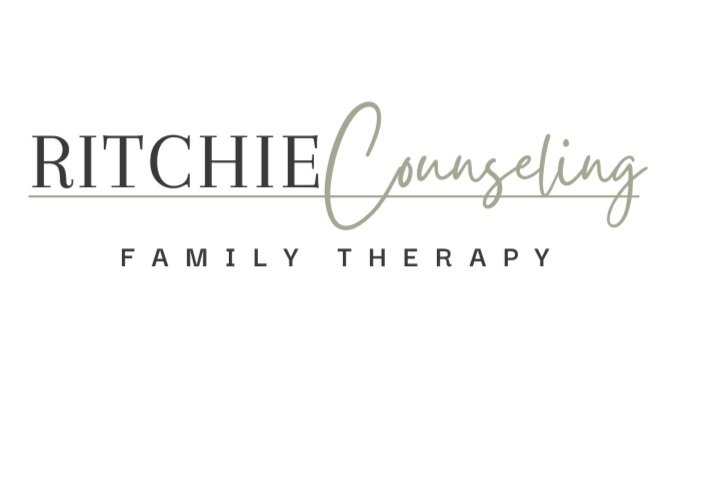What is EMDR?
I get his questions all the time. Clients will ask me how to effectively and efficiently get to the root of their issues. I often answer EMDR, or Eye Movement Desensitization and Reprocessing.
Simply put. EMDR uses bi-lateral stimulation - often using a light bar with light moving left and right - to help your brain take distressing thoughts and restructure how your brain sees them. Think about how each night you enter REM sleep where your eyes move rapidly left and right. Your brain is processing the events of the day while you sleep. In therapy, we capitalize on your brain’s ability to process information quickly and find healing just as fast.
I like to think of the process as a filing cabinet. When we are under stress, we tend to put everything in one file instead of its correct file or, better yet, at times throw it away. For example, when you experience someone cutting you off in traffic, your brain files this event as “I don’t matter”. In reality, the person who cut you off is just having a bad day and you got in their way at the wrong moment. With EMDR, we take that experience and let your brain do what it does best: take care of you. We let your brain file this person cutting you off into the trash bin. With other memories, maybe we file it a more appropriate file than “I don’t matter”. In the end, your negative memories no longer dominate your daily experience, but rather are filed in a helpful way to live your life filled with hope.
EMDR is amazing. One client who had been in traditional talk therapy for years stated that he didn’t understand why everyone doesn’t use EMDR. It is the only thing that works, he declared. I hear these types of reactions all the time from clients who have tried other methods of counseling that left them in distress.

